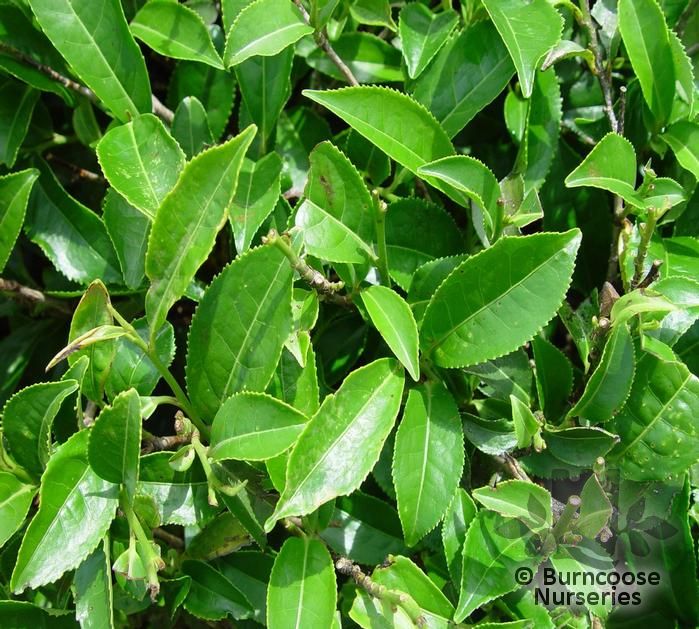We call all sorts of things tea that are not really tea (insert astonished gasps). True tea actually has a really narrow definition: it must contain the leaves of camellia sinensis. And yes I struggle to pronounce that plant name as well. So let’s–for ease’s sake–just call it the tea plant and the leaves of the tea plant. Much more manageable, no?
The tea plant is native to subtropical and tropical regions, so it’s really only found in the wild in Southeast Asia (most tea comes from China, India, and Japan). Nowadays tea is grown on plantations called tea estates. Unfortunately for all of us American tea drinkers, there are no tea estates in the US, though there are small tea gardens that are no where near able to supply enough tea for us to consume. Tea is one product we should be glad is made in China! Between the climate, soil, and available farmland, Asia is the perfect location to grow the massive amounts of tea that I…I mean we…consume daily.
So what “teas” are actually teas and not tisanes? (By the way, tisane is the technical word for any doesn’t-contain-tea-leaves beverage of water-steeped fruit, leaves, herbs, or spices.) If it says white, green, black, oolong, or pu-erh, it’s a legitimate tea. Otherwise it’s a tisane. Rooibos, dried fruit, herbs, flowers, and spices are all tisanes rather than teas. But most of us call many of the tisanes “herbal teas” just because it’s easier. Or we really didn’t know the difference between tea and tisane. Of course, now we all do so there are no more excuses on our parts 😉
Basically the fun facts/answer to the question boils (pun intended, ha that’s funny) down to a single factor…the presence of camellia sinensis. If it’s there: tea. If it’s not: tisane. Either way, they taste delicious with finger sandwiches and a scone.


